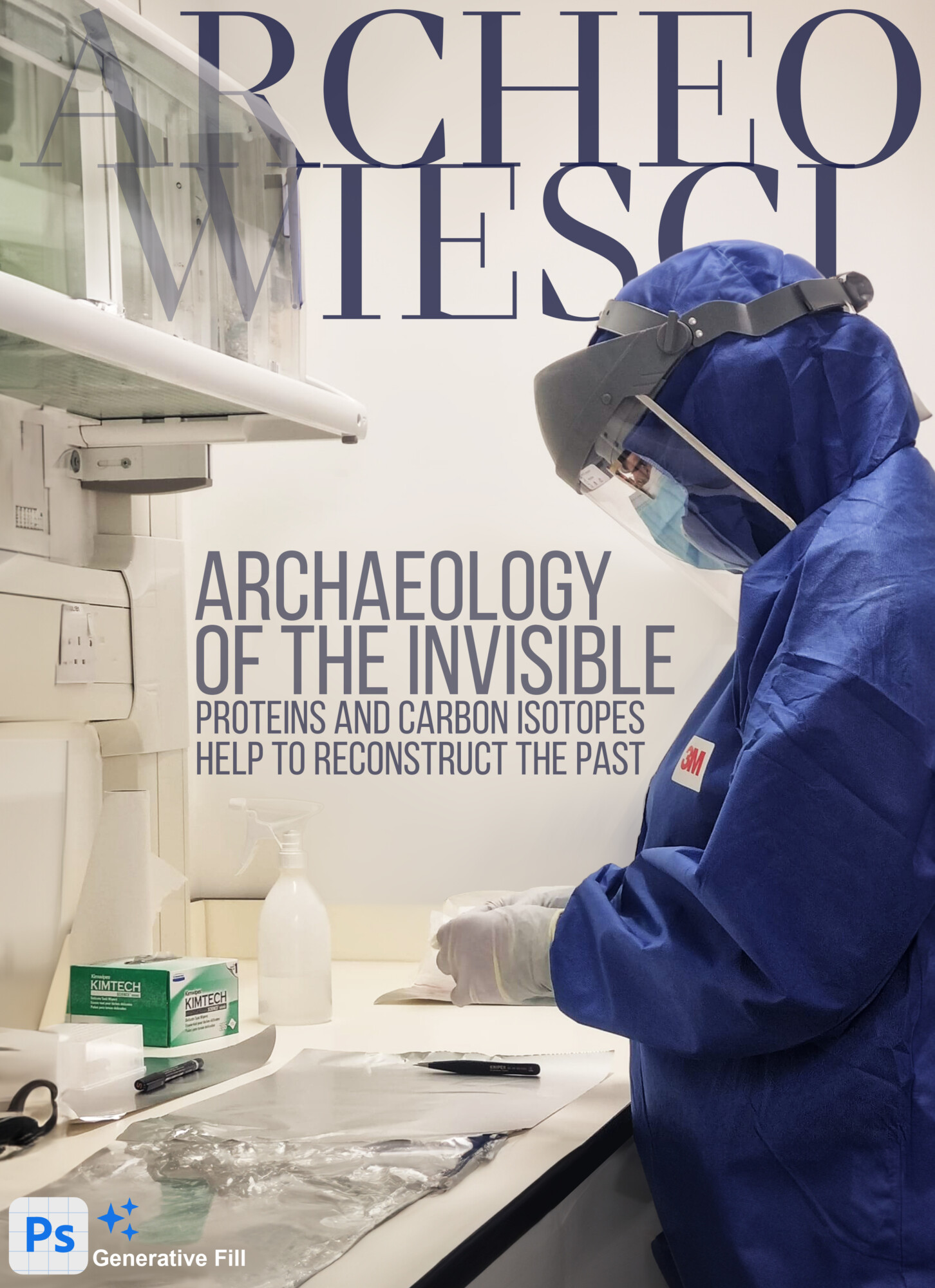
Dr. Helen Fewlass is an archaeological scientist in the Ancient Genomics Lab at the Francis Crick Institute in London, UK. As an EMBO (European Molecular Biology Organization) Postdoctoral Fellow at the Crick, she studies proteins in ancient bones and fossils to tell how old they are and to investigate the process of human evolution. She is now collaborating with the researchers of the Faculty of Archaeology of the University of Warsaw in many scientific projects which involve radiocarbon dates and their interpretation. Archeowieści reached out to her for a little interview about her job and the connection of her field of expertise with the archaeological world.

© H. Fewlass, CC BY-SA 4.0 licence
Claudio Berto [CB]: You specialise in palaeobiology as applied to archaeological science. How did your cooperation with archaeologists start?
Helen Fewlass [HF]: I have always been interested in human prehistory and human evolution. In the past few decades lots of exciting biomolecular techniques have been developed to explore the ancient past so at university I studied ‘Archaeological and Anthropological Sciences’. It was a very interdisciplinary degree covering archaeology, biological anthropology, geology, palaeobiology and chemistry. I joined excavations with archaeologists and mapping trips with geologists so I spent a lot of time outside in the UK being very cold! I am interested in the many ways that people study prehistory, so I chose a degree covering lots of different topics, and my research career ever since has continued to span different disciplines. My research is at the intersection of archaeology and the ‘hard sciences’ so I am used to collaborating and communicating with researchers from a diverse range of backgrounds. This keeps collaborations and projects interesting for me and I think it is a great way to gain a very well-rounded appreciation of a research topic as diverse as ‘human evolution’.
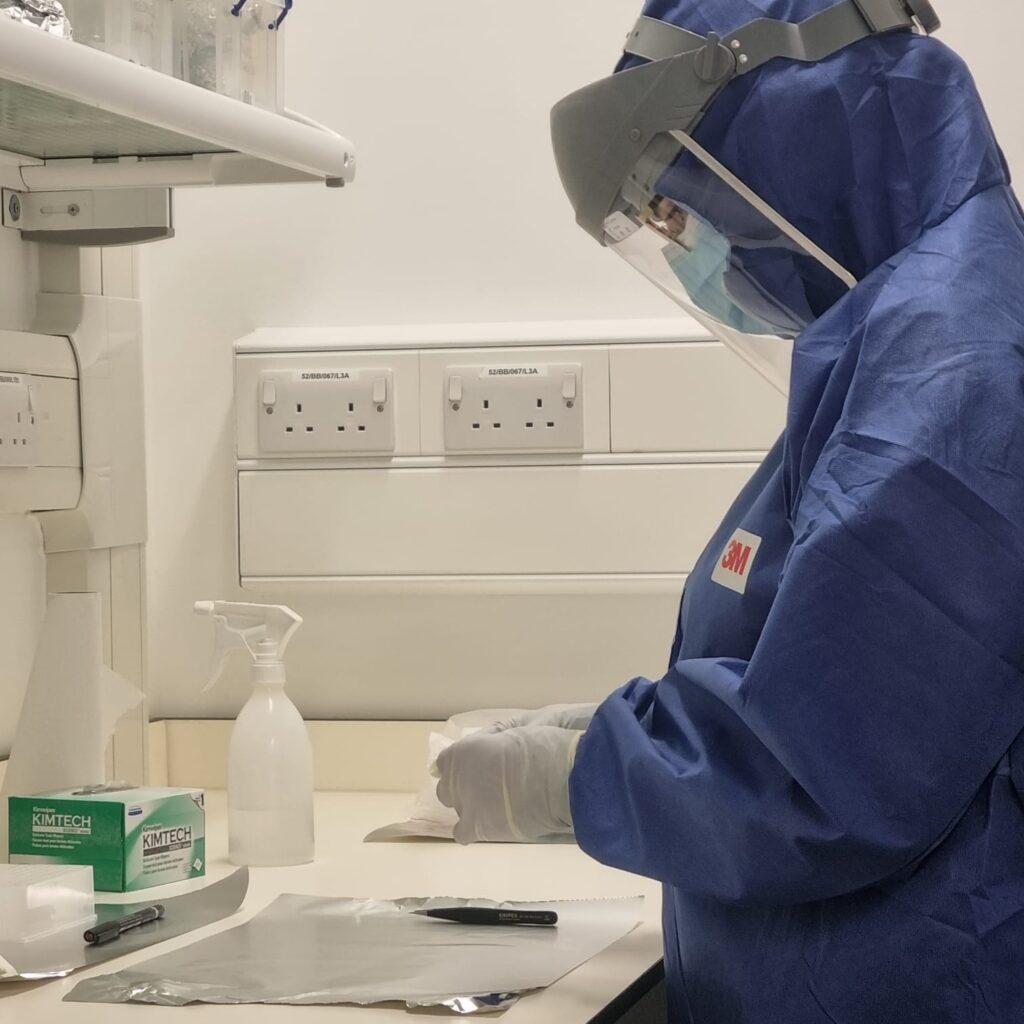
© H. Fewlass, CC BY-SA 4.0 licence
CB: How do you deal with archeological material and what kind of results have you achieved?
HF: One of the key chronological tools we use in archaeology is called radiocarbon dating. This method looks at the type of carbon isotopes that are present in ancient bone proteins to work out how much time has passed since an organism died. We can use this method to date material back to 50,000 years old, so it is very useful for dating material from ancient archaeological sites which pre-date the invention of writing or other types of chronological information.
My other field of expertise is palaeoproteomics. By studying the proteins preserved in ancient bones we can also find out what species of animal or human the bone comes from. We can look at the differences in the proteins in ancient bones of extinct animals compared to modern animals to help us understand the process of evolution and how animals are related to each other. This is very useful for studying extinct species of humans!
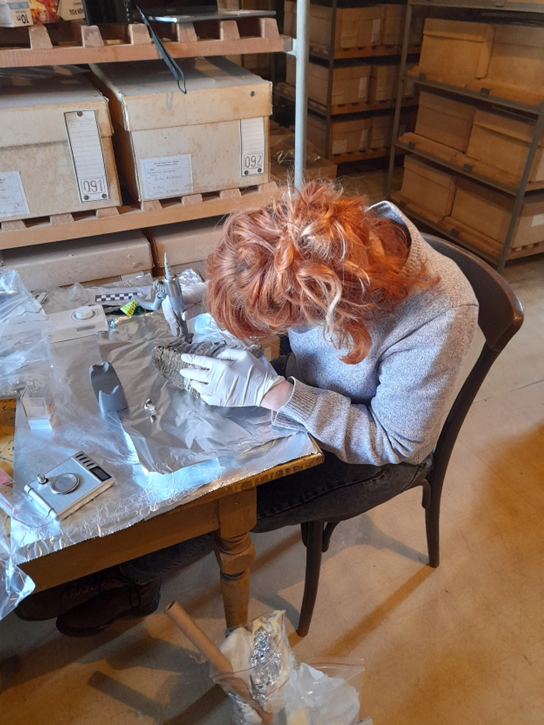
© J. Wilczyński
CB: Do you always agree with archaeologists when it comes to the interpretation of results?
HF: I visit my archaeologist collaborators at their sites to understand the site formation and context of the samples I am analysing, but I spend a lot of time in the laboratory. One of the most important parts of my work is communication with archaeologists to gain as much understanding as possible about the context of the material I am analysing. To use the correct methods in the lab and make the right interpretations of the data, I need to understand where the material came from and how it has been treated and recorded since it was excavated. The best person to help me understand that information is the archaeologist who is excavating the site, but this often also involves a range of different experts working at the site, such as geologists, palaeontologists and zooarchaeologists. For every single project I work on, it starts with a discussion with the team to get the background of the material and we continue this throughout the project. I will explain which methods I use and why, and I ask them for information to help make interpretations. I analyse the data but without the knowledge of the archaeologists and other experts we would not be able to reach the right conclusions, so the interpretation of the results is usually based on different considerations from both the archaeology and laboratory sides.
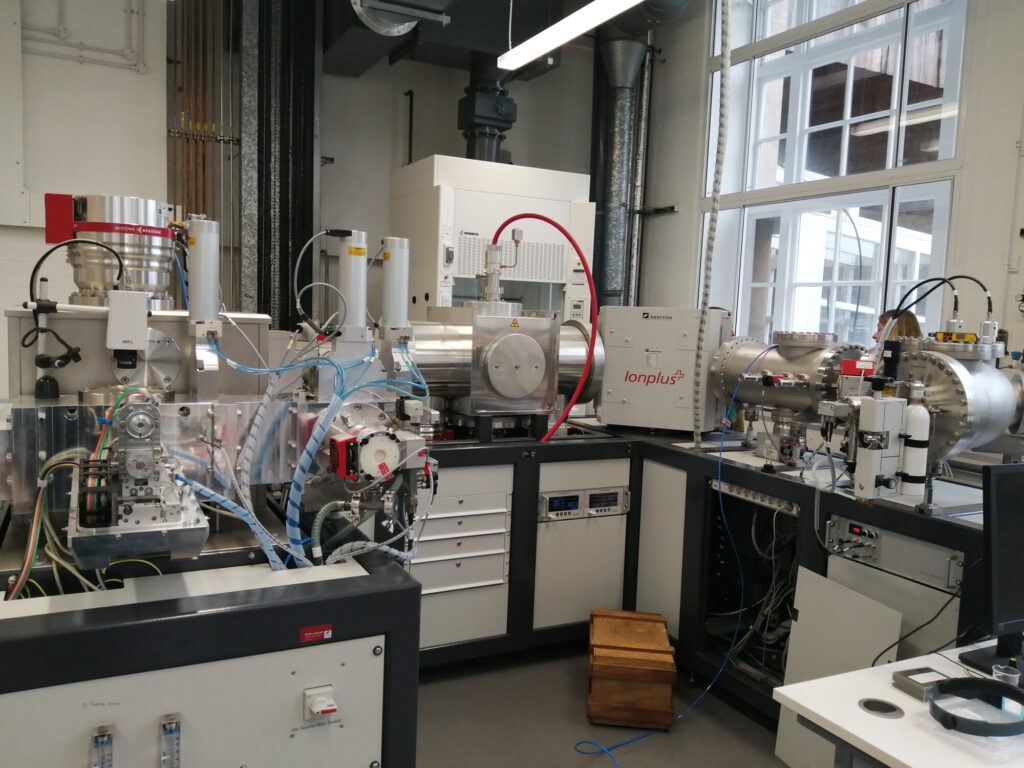
© C. Berto, CC BY-SA 4.0 licence
CB: Is there anything that archaeologists do not understand about your methods/approach?
HF: There are limitations to every scientific method that we use to study ancient materials. The two biggest problems for us are poor preservation and modern contamination of the ancient materials we are studying. The first problem is that the ancient materials we are studying are very degraded because of their old age, and we are working with just tiny fragments of molecules. This means that sometimes there is not enough information preserved in the old bones for us to study, which can be disappointing for the archaeologists who spent a lot of time excavating the material. The next problem is that modern contamination can make our analyses hard or even impossible – there are so many more modern molecules that they can overwhelm the signal from the degraded ancient molecules in our sample. For example, many archaeologists use modern glues on ancient bones to try and conserve them after excavation. However, this introduces modern carbon to the bone so if we try to date the bone with radiocarbon dating, we end up with a much younger age than the ‘real’ age because we are measuring a mixture of the old and modern carbon. Understanding of this problem has improved in recent years but it is still a huge limitation when we are analysing material that was excavated decades or centuries ago.
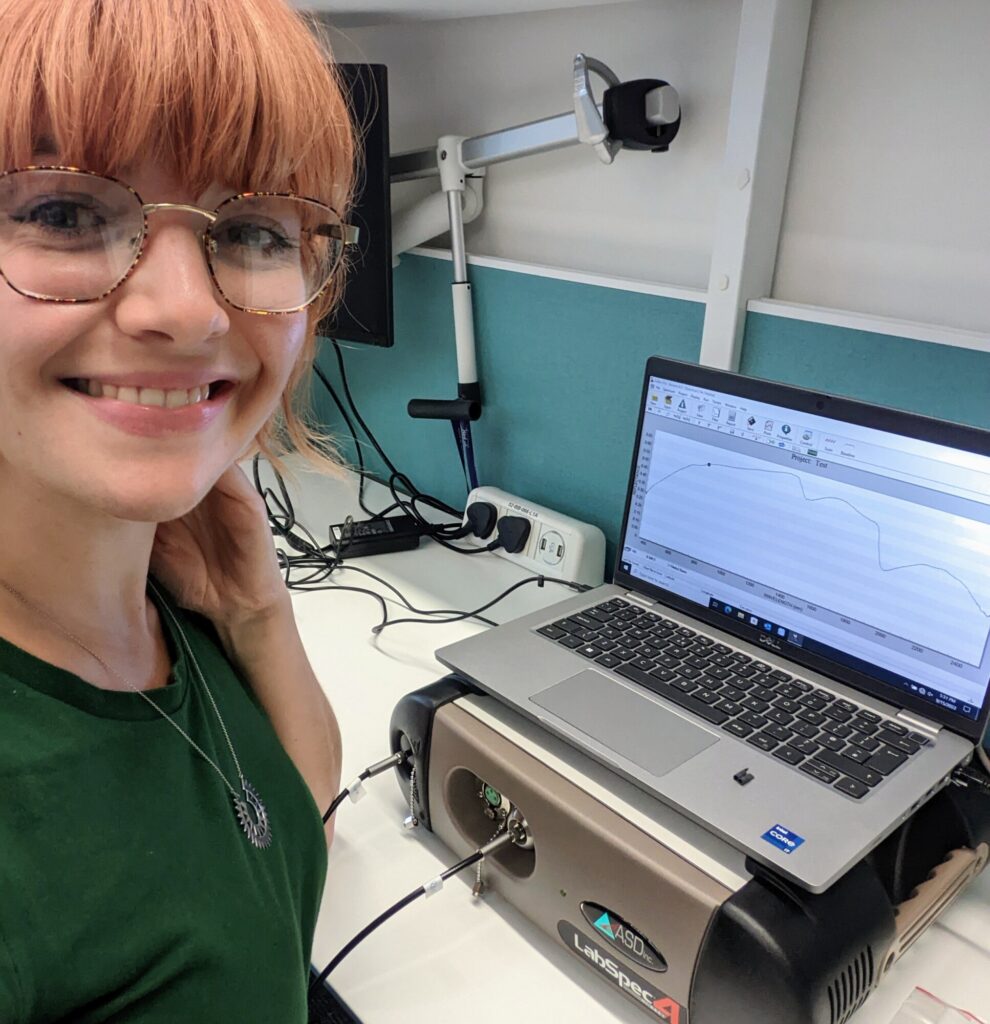
© H. Fewlass, CC BY-SA 4.0 licence
CB: What has been the funniest question posed by an archaeologist?
HF: As the artefacts found during excavation are covered in mud, it can be hard to tell what material it is (bone, rock, pottery). I was surprised to find out that some archaeologists lick the artefacts that they find on site to check if they are bones! An archaeologist asked me if that would be a source of modern contamination and I said yes! If we analyse proteins from a licked bone then the proteins we find are more likely to come from the archaeologist, rather than the ancient bone (for future reference, please don’t lick the bones you find, just in case).
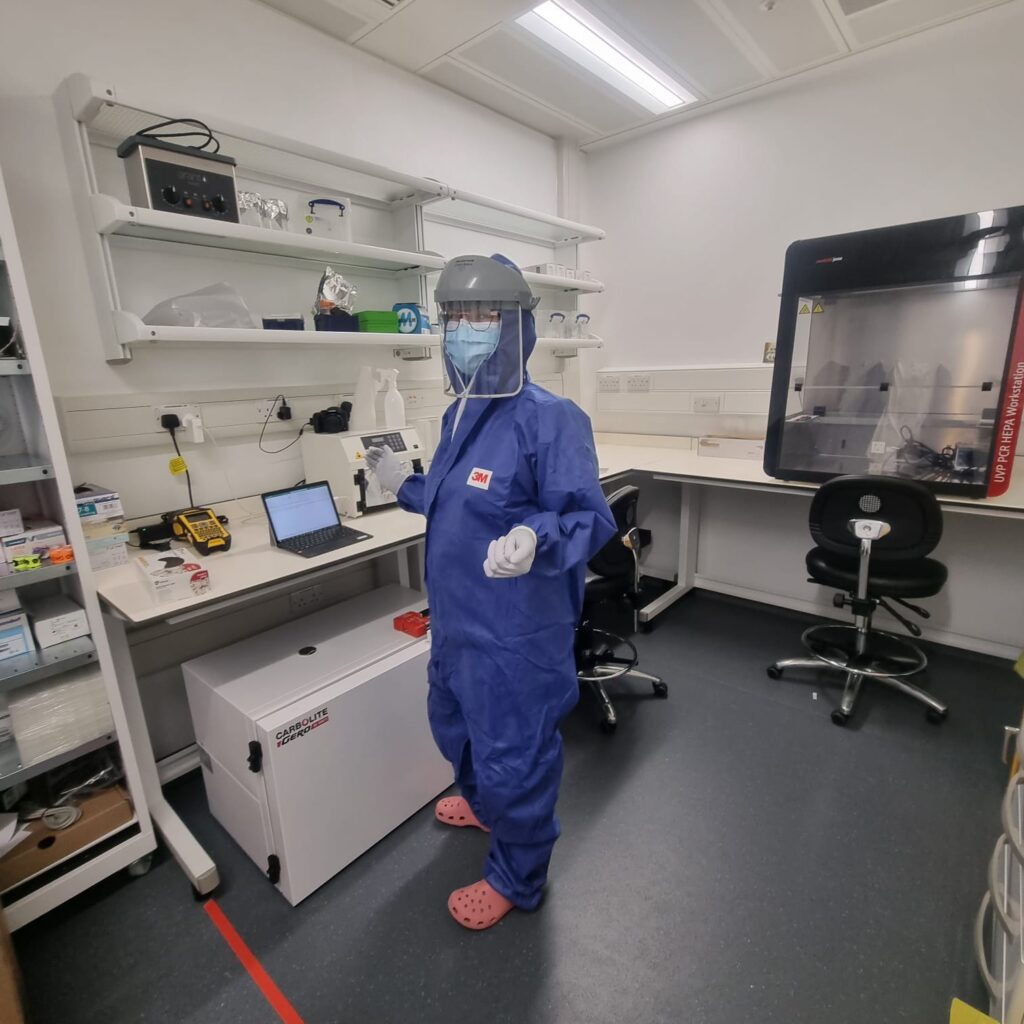
© H. Fewlass, CC BY-SA 4.0 licence
CB: Did you change anything in your research approach/methods after or because of your cooperation with archaeologists?
HF: There are lots of techniques available to analyse ancient skeletal materials, but a very important consideration is the destructive sampling we need to do to carry out these analyses. It has been a big focus of my research to limit destructive sampling as much as possible, so we only take what is necessary to gain data. I have worked on methods to reduce sample size for radiocarbon dating and am currently working on non-destructive ways to assess preservation of protein in bones before we do sampling. I am very aware of the cultural importance of the material I am studying, and how important it is to preserve it as part of our shared heritage. I think this approach is due to my background in archaeology rather than the hard sciences, and the close collaborations I have with the archaeologists who excavate the collections and are responsible for the preservation of the material.
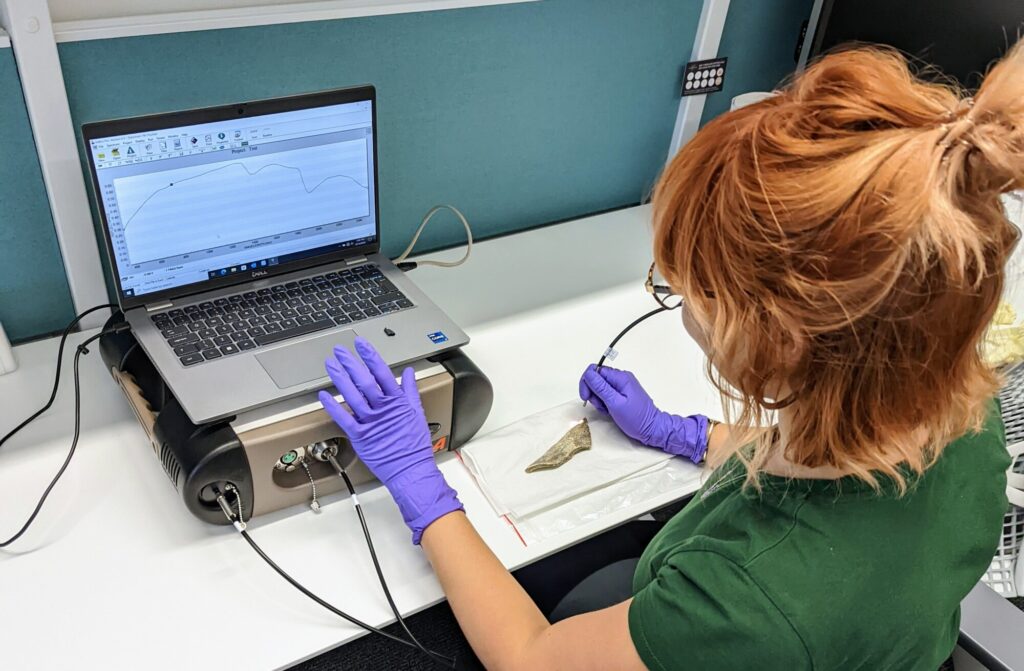
© H. Fewlass, CC BY-SA 4.0 licence
This article can be re-printed with photographs free of charge provided that the source is cited
Dr. Helen Fewlass – graduated in 2015 from the University of Bristol, she did her PhD in the Department of Human Evolution at the Max Planck Institute for Evolutionary Anthropology in Leipzig, Germany, where she defended her thesis in 2020. She has many fields of interests, from radiocarbon dating to the study of the proteins preserved in ancient bones.
Proofreading: S.A.
Editing: J.M.C.
This text was funded by IDUB and the project entitled “From caves to public: A series of popular science articles published on the archeowieści.pl blog, showing a multidisciplinary approach in archaeology, based on the results of our researches in the Ojców Jura” from Inicjatywa Doskonałości – Uczelnia Badawcza programme. Research on the caves of the Sąspowska Valley was funded by the National Science Centre, project: SONATA BIS 2016/22/E/HS3/00486.
Project website: https://www.dolinasaspowska.uw.edu.pl
